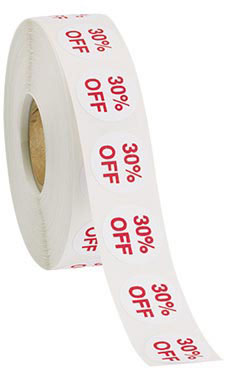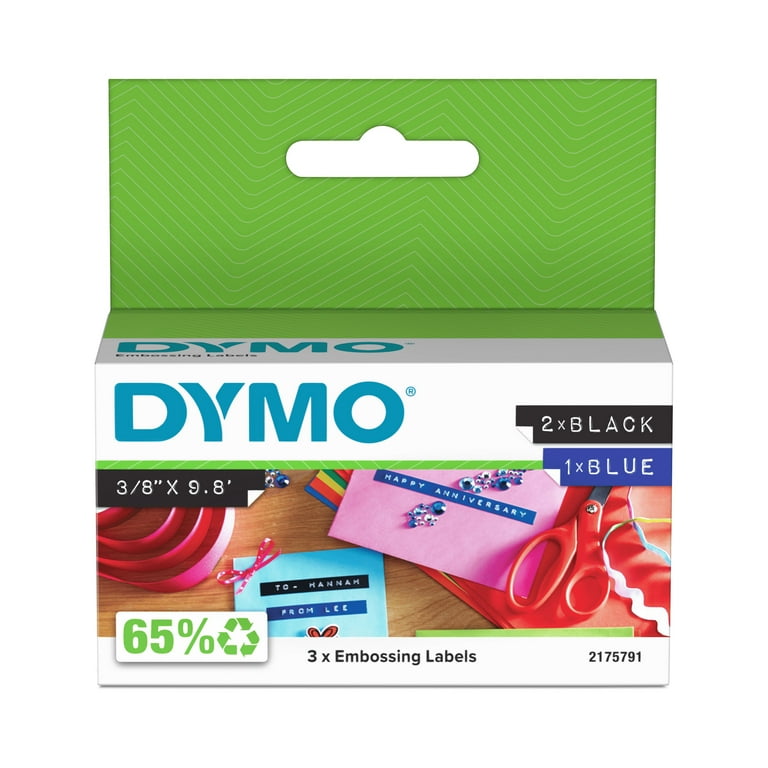Picking the Right Self-Adhesive Labels for Your Service and Personal Demands
Selecting the proper self-adhesive labels for both company and individual applications calls for a nuanced understanding of various factors that affect their effectiveness. Secret considerations consist of the material's sturdiness, appropriate sizing for optimal exposure, and adhesive toughness customized to particular use scenarios. In addition, the selection of surface and printing methods can considerably impact aesthetic appeals and capability. As we check out these essential elements, it comes to be clear that a tactical technique is important to guarantee your labels not just fulfill assumptions however also boost your overall branding and organization efforts. What details challenges do you deal with in this procedure?

Understanding Label Products
When choosing self-adhesive tags, comprehending the different tag materials is important to making sure ideal performance and toughness. The choice of product directly influences the label's durability, look, and capability. Common label products include paper, polypropylene, plastic, and polyester, each offering unique advantages and disadvantages.

Polyester labels offer superior longevity, being resistant to tearing, dampness, and UV light. This makes them an exceptional choice for industrial applications or items that call for lasting labeling solutions (Self-Adhesive Labels). Polypropylene, while similar to polyester, is normally cheaper and supplies a great balance of longevity and print quality
In addition, take into consideration glue kinds-- permanent, removable, or repositionable-- depending on your certain demands. Ultimately, picking the best label material is necessary for attaining the wanted result, guaranteeing that your tags carry out successfully in their designated environments.
Figuring Out the Right Dimension
Choosing the suitable dimension for self-adhesive labels is a fundamental step that matches the choice of label materials. The size of a label can substantially affect its functionality, visibility, and general effect. Therefore, it is important to take into consideration the desired usage of the label when determining its dimensions.
To start with, assess the information that requires to be presented. Tags having more text or graphics will need bigger dimensions to ensure readability and aesthetic appeal. On the other hand, minimal designs may take advantage of smaller tags that keep a smooth aesthetic.
Additionally, consider the surface on which the label will certainly be used. Different surface areas, such as envelopes, boxes, or bottles, may determine certain size requirements to optimize bond and exposure.
In addition, think of the quantity of tags needed; larger tags might be extra cost-efficient for bulk printing.
Reviewing Adhesive Strength
Just how can one ensure that self-adhesive labels stay safely affixed in various conditions? Evaluating sticky toughness is important for guaranteeing that labels do optimally, whether in a regulated environment or subject to extreme temperature levels, moisture, or various other elements.
For example, removable adhesives this page are optimal for labels that view publisher site might need to be rearranged or removed without deposit, making them suitable for short-lived applications. Alternatively, long-term adhesives are made to hold up against numerous conditions and provide a solid bond, making them suitable for lasting labeling requirements.
Checking the adhesive stamina can involve peel bond tests, which gauge the pressure needed to eliminate the label from a surface. If the adhesive will certainly execute properly in real-world situations, this analysis aids establish. Additionally, thinking about the surface area product is crucial, as various substrates might connect with the glue in different ways. Inevitably, selecting the appropriate adhesive toughness makes certain that self-adhesive labels accomplish their function, keeping integrity and presence throughout their intended life-span.
Selecting the Right End Up
The coating of self-adhesive labels plays a significant role in their overall efficiency and appearance, matching the glue strength formerly reviewed (Self-Adhesive Labels). The choice of surface can affect not only the visual influence of the label yet also its resilience and performance. Common coatings consist of matte, gloss, and semi-gloss, each serving various objectives
A matte coating offers a non-reflective surface area that is suitable for writing, making it ideal for tags that require hand-written info. This surface also has a tendency to hide fingerprints and smudges, boosting the tag's look in time.
On the other hand, a gloss finish supplies a glossy, vibrant look that enhances shade saturation, making it ideal for promotional tags that require to stand out. This surface may be much less suitable for writing, as it can smudge quickly.
Semi-gloss coatings strike an equilibrium between the two, offering a minor sheen while keeping excellent writeability. In addition, consider elements such as wetness resistance and UV defense, specifically for tags subjected to rough atmospheres. By very carefully choosing the right finish, individuals and services can ensure their labels efficiently convey their desired message while maintaining durability.

Thinking About Printing Options
Reviewing printing options is crucial for maximizing the efficiency of self-adhesive tags. The approach you choose will considerably affect the quality and toughness of the final product. Self-Adhesive Labels. Typical printing methods include digital, flexographic, and thermal transfer printing, each offering distinctive benefits and factors to consider
Digital printing is excellent for short runs and variable data, allowing for quick turnaround times and customization. This technique makes it possible for services to produce tags with high-resolution graphics and intricate styles without sustaining substantial configuration prices. Nevertheless, it may not be one of the most economical choice for bigger quantities.
Flexographic printing, on the various other hand, is well-suited for high-volume manufacturing. It uses flexible alleviation plates to move ink onto various materials, ensuring constant quality throughout large batches. This approach is commonly preferred for its performance and Website capability to print on a large range of substratums, including those with special coatings.
Thermal transfer printing is an additional practical option, particularly for tags that require longevity against extreme problems. This method delivers outstanding print high quality and is frequently used for barcode and stock labels.
Inevitably, picking the appropriate printing option pivots on your specific labeling needs, budget, and production quantity.
Conclusion
In verdict, picking the proper self-adhesive tags demands careful consideration of numerous aspects, including tag products, dimension, sticky toughness, finish, and printing alternatives. Each element plays an important role in guaranteeing that the labels satisfy particular service or individual needs effectively.
When picking self-adhesive tags, understanding the numerous tag materials is critical to making certain ideal efficiency and durability.Picking the suitable size for self-adhesive labels is an essential action that enhances the selection of tag products. Inevitably, picking the right sticky strength ensures that self-adhesive tags satisfy their purpose, keeping stability and visibility throughout their desired life-span.
The finish of self-adhesive tags plays a considerable duty in their general performance and look, enhancing the adhesive toughness previously talked about.In verdict, selecting the appropriate self-adhesive labels necessitates mindful consideration of numerous variables, consisting of tag materials, dimension, adhesive stamina, coating, and printing alternatives.
Comments on “Leading Printing Strategies for Self-Adhesive Labels Manufacturing”